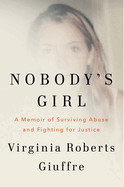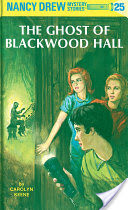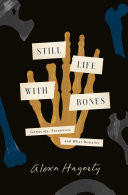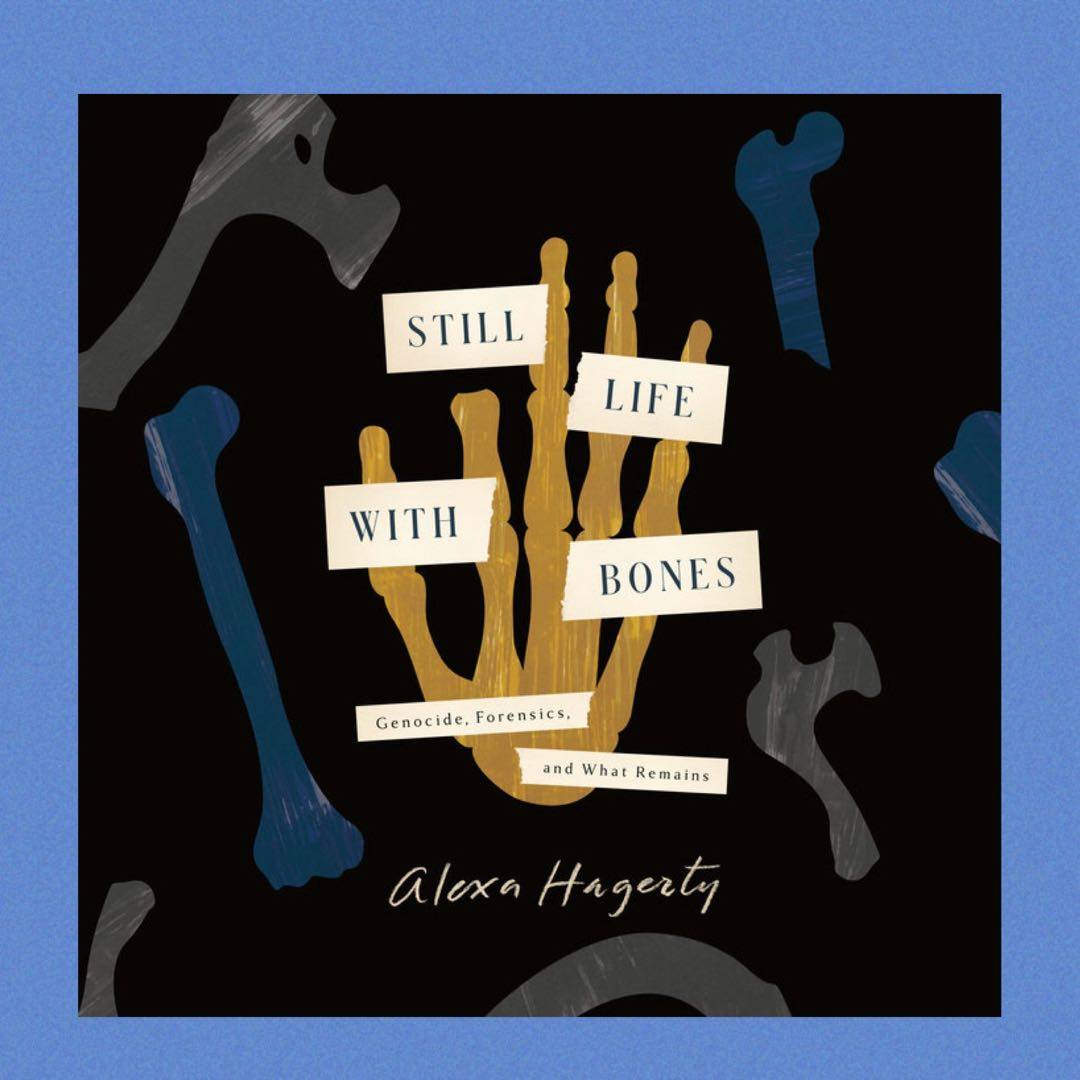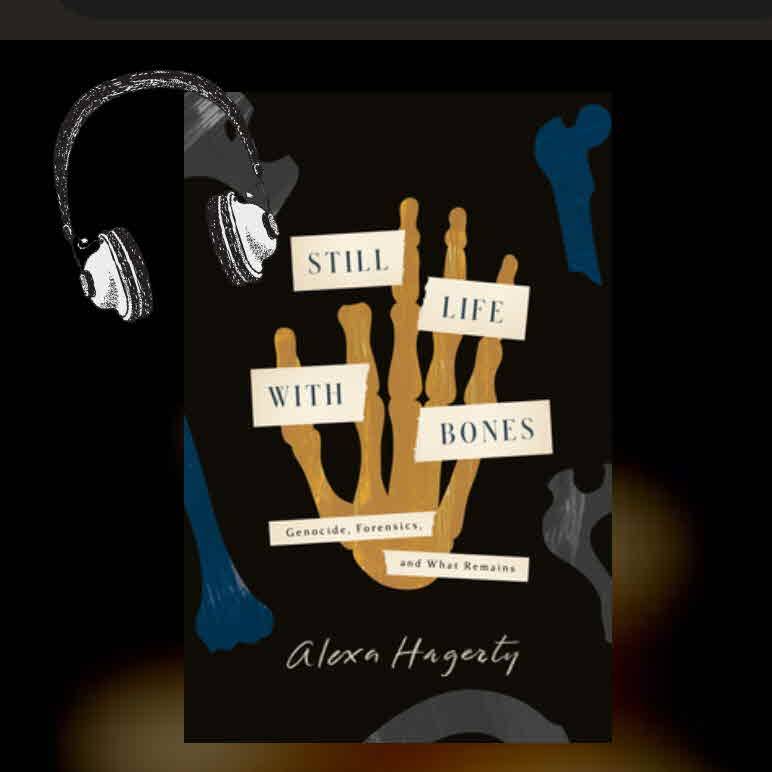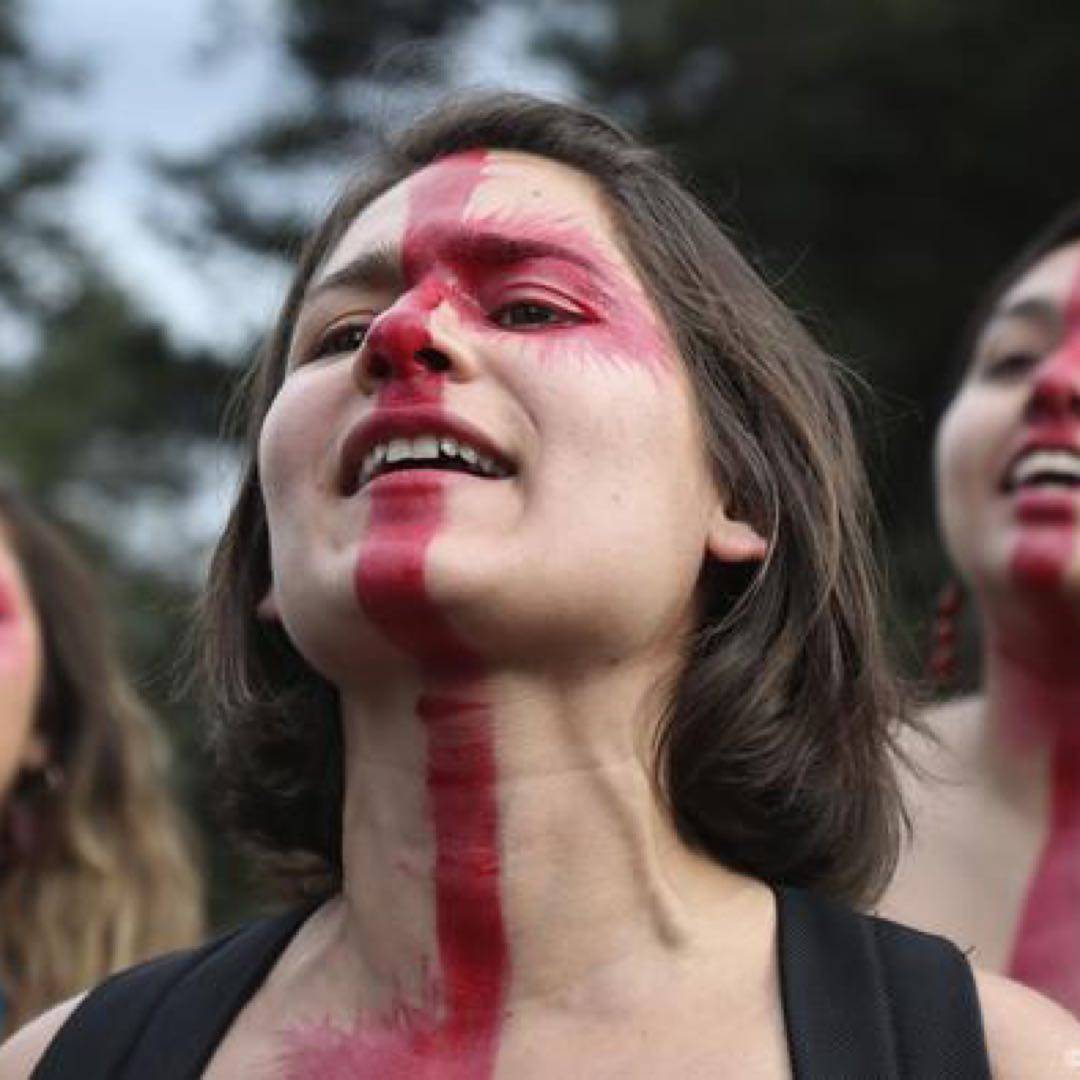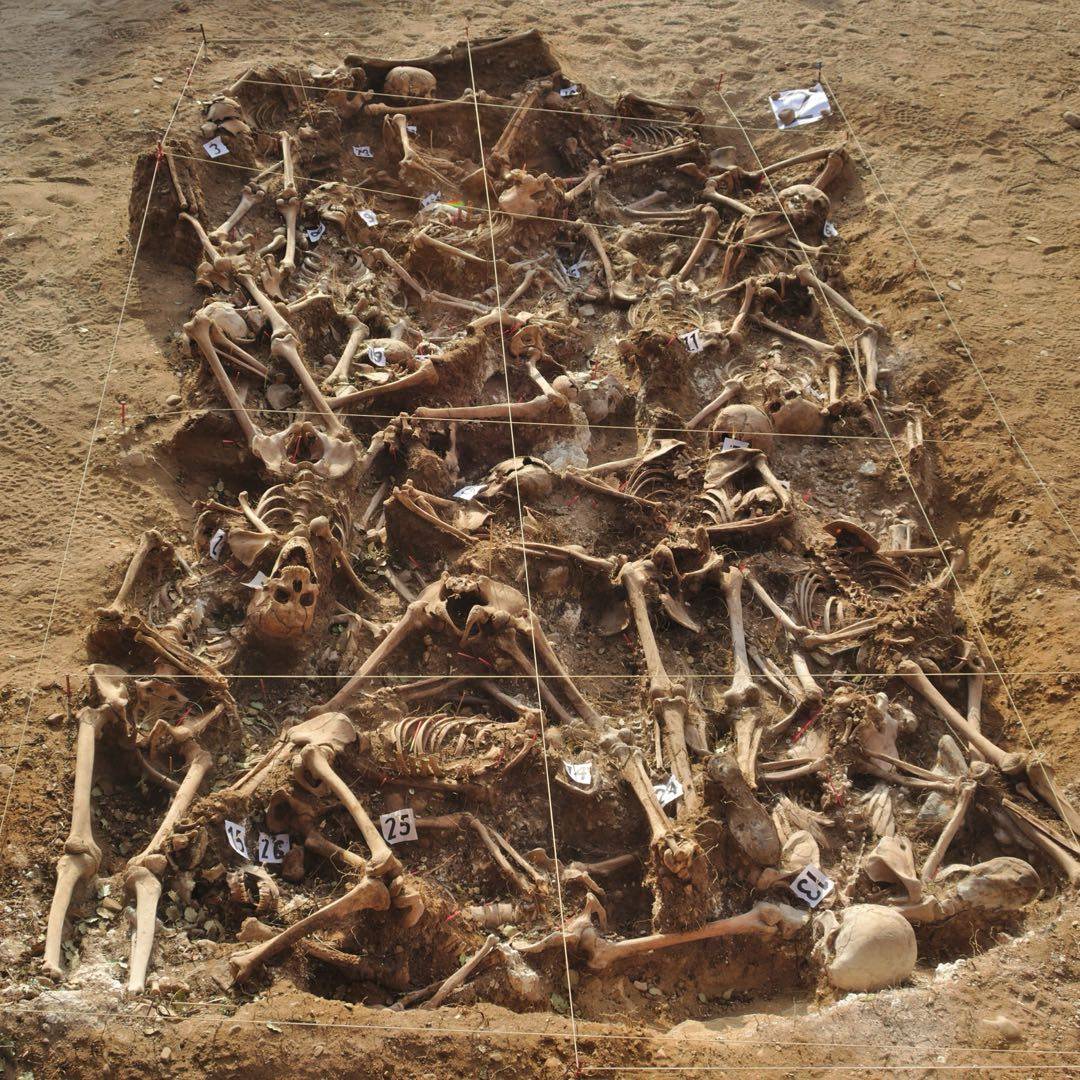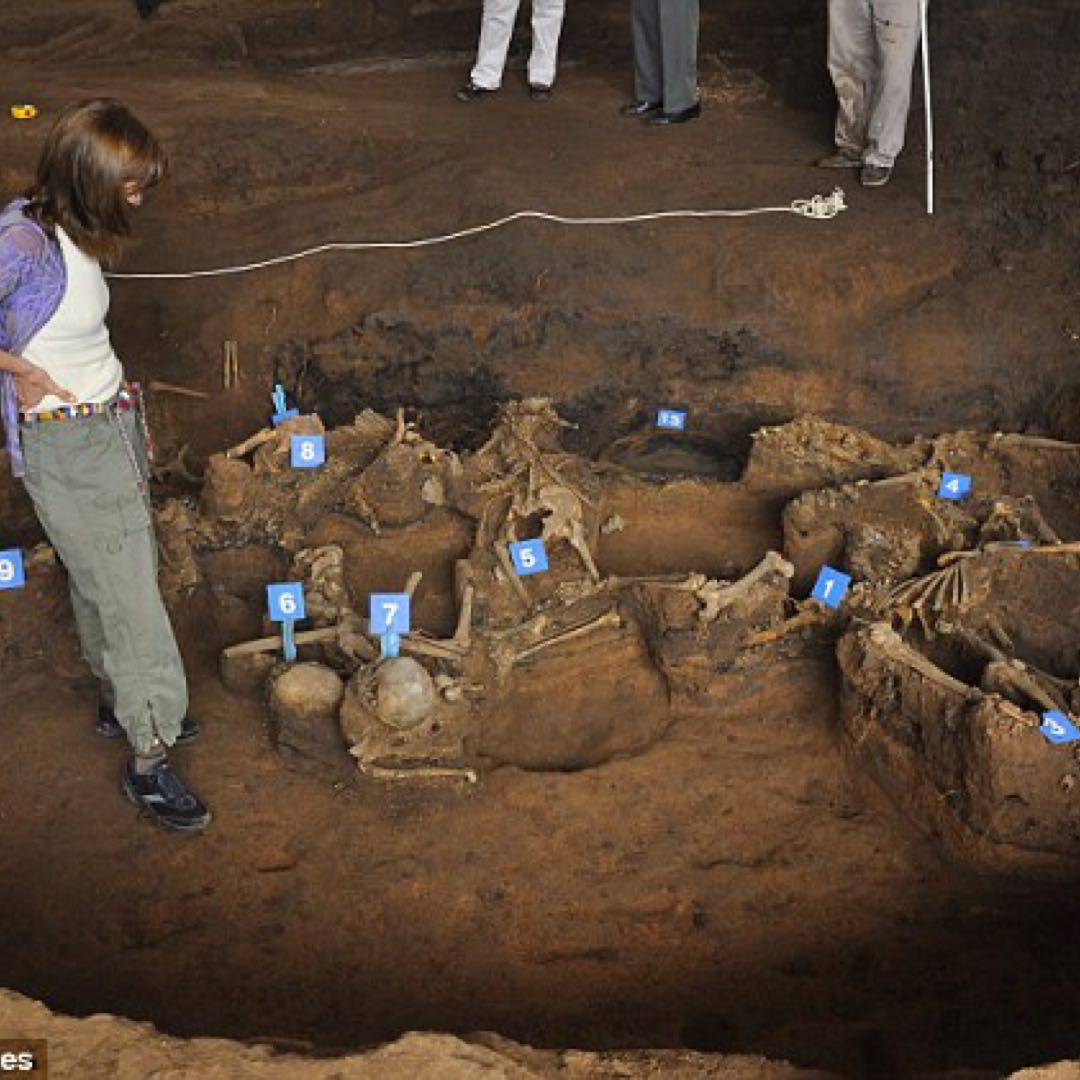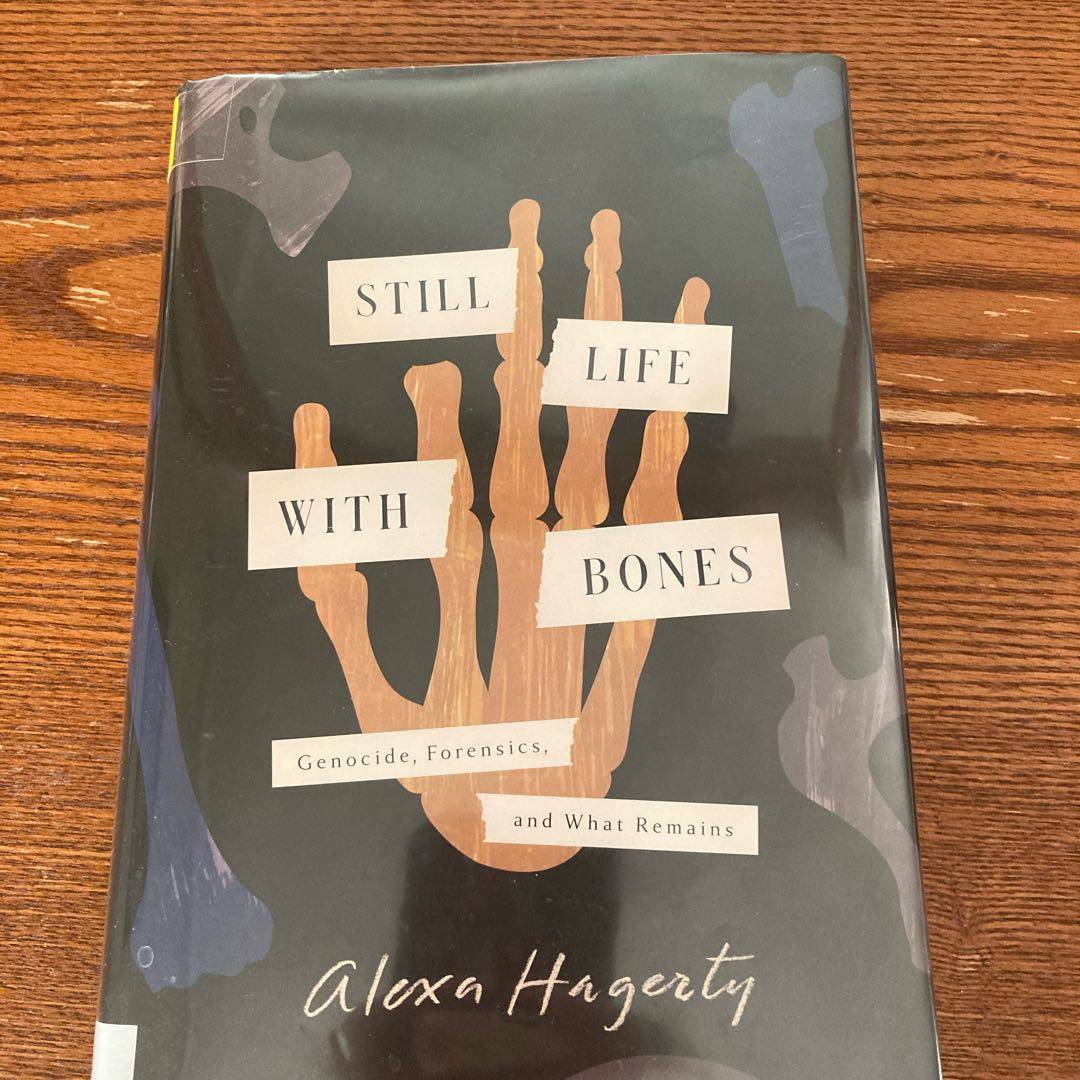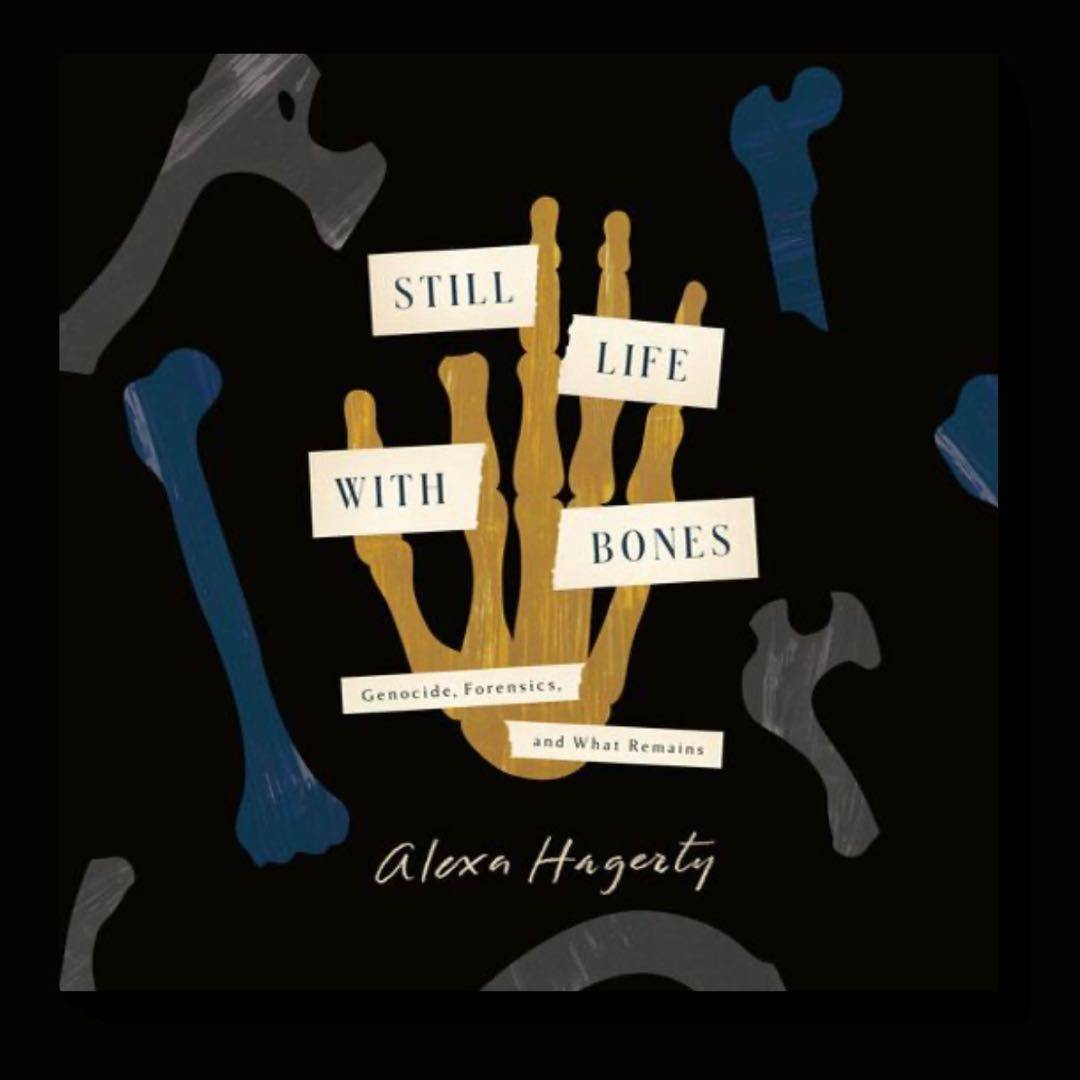
While reading the second chapter, I predicted this would be a 5⭐️ read. Alexa Hagerty recounts her time in uncovering mass graves after a genocide in Guatemala and a military junta in Argentina. She handles her subject matter with care and reverence. This book is HEAVY (my cat was temporarily tasked with employment as my emotional support animal over the last 10 days) but it is well worth reading. Cont in comments...







